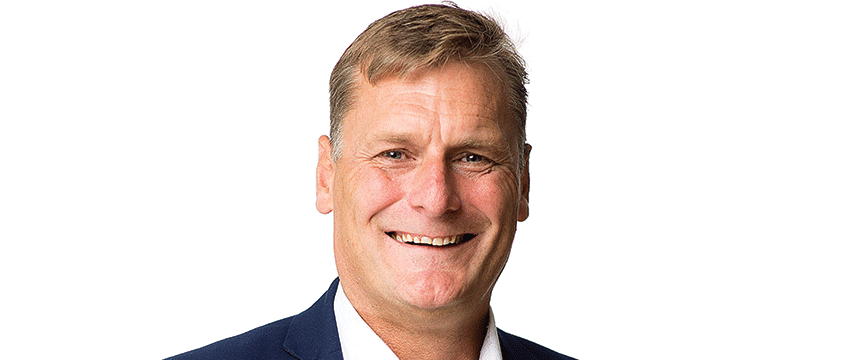COMMENT: Watching my colleague Hana Hassan stand in front of a packed theatre, talking about enhancing our industry’s image without the comfort of notes, prompts or the safety of a lectern, while conveying a quiet, reassuring confidence with no trace of hesitation or self-doubt, was one of the most inspiring feats I’ve seen in my 35-year career.
I knew Hana didn’t have a huge amount of public speaking experience, and having to do something like this just a few months ago would have seemed almost impossible.
Then came EG’s Future Female Leaders programme. In just four months it equipped her with the skills and confidence to do things that 98% of people in business can not: speak unaided with calm fluency to a large audience to help bring about positive chance in the property industry.

Hana may have been out of her comfort zone to begin with, but she was eager to grasp the challenge, knowing her success as a FFL would inspire many more women in the audience to follow her example. She showed that with self-belief and a supportive environment you can overcome the barriers that inhibit potential.
Make no mistake, EG’s first FFL programme pointed a spotlight on some very talented women who will be role models that inspire a new generation of women leaders in property.
The industry has come a long way since I first joined in the 1980s. Back then, terms such as “diversity” or “gender-balanced teams” did not figure much on sites or in management vocabulary. Fast-forward 30 years and it really does feel like a different world. Change is happening quickly as we all recognise that achieving gender parity will make us a better, more sustainable industry for our people and customers.
I first saw this in Willmott Dixon a few years ago when we set up our gender steering group to come up with tangible ways to have a more diverse workforce and to recognise the increase in performance that this would bring. At the time, our female headcount was around one in four, but was quickly targeted to increase to two in four across all grades by 2030.
Watching Hana and the way her colleagues rallied around to ensure she would have the self-belief to deliver such an inspiring talk to a large audience made me consider my own contribution as a senior manager.
It struck me that even little things make a difference. Such as the conversation about how attracting more women should not make our male colleagues feel threatened or excluded.
An issue I want to address is that many colleagues working on construction sites don’t always realise the reasons why we need more diversity or why we need to adapt sites to make them more inclusive environments. This includes a willingness to call out behaviours and attitudes that don’t support an inclusive workplace.
Balanced and diverse teams breed success. McKinsey’s 2017 report showed that companies in the top quartile for gender diversity on their executive teams were 21% more likely to experience above-average profitability than companies in the fourth quartile.
The solution is not so-called positive discrimination but instead making our industry attractive to the widest possible talent pool by being flexible and adaptable to the requirements of a diverse workforce. People should be rewarded for their contribution irrespective of gender and the best person should always be the person undertaking the role.
That means senior managers like myself making it a priority to encourage the right behaviour to support a working environment that helps achieve our gender parity goal. An inclusive place to work unquestionably promotes higher levels of professionalism and performance, as well as making the office or site a more enjoyable place for teams to thrive.
Our growth is reliant on attracting, retaining and developing the best talent. The day-to-day influence and support of management teams in encouraging and supporting this positive change is key.
Roger Forsdyke is managing director for the South, Willmott Dixon











